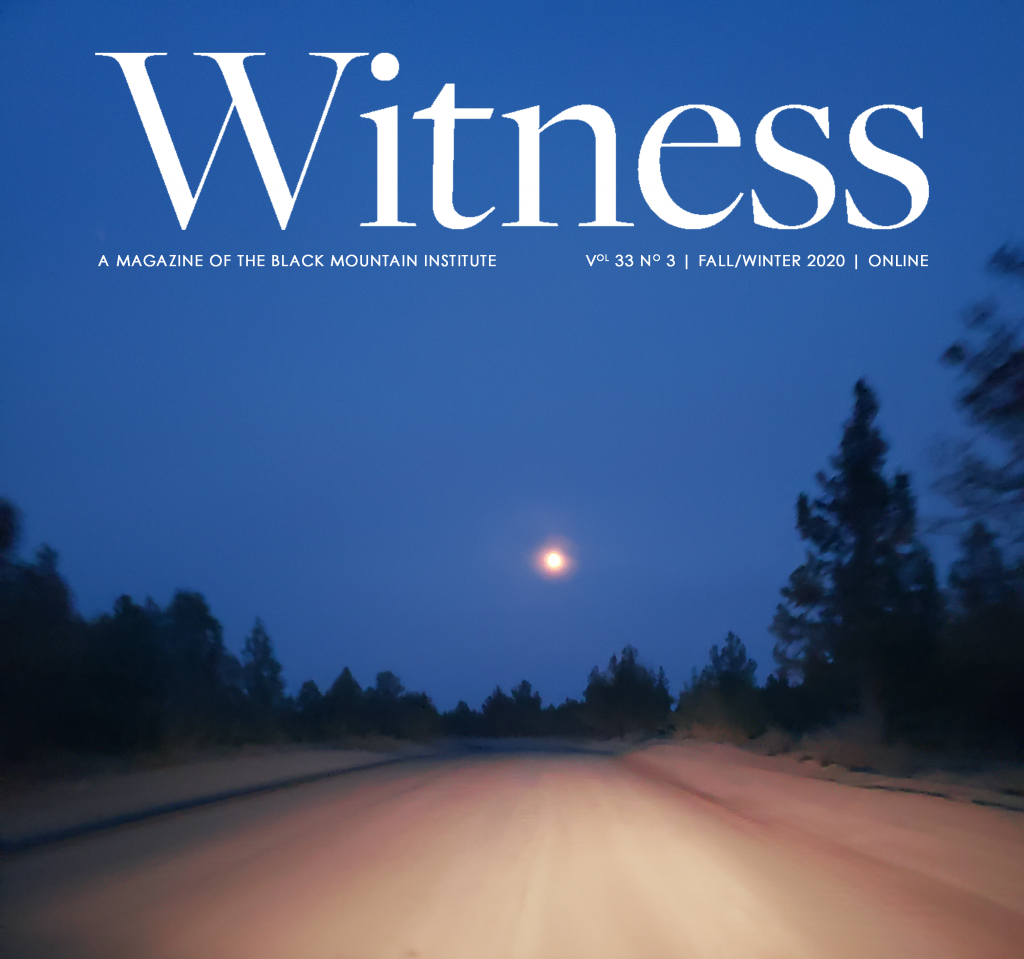On the morning of September 11, 2001, from the shoreline of the Jersey City neighborhood where I lived, I watched the World Trade Center buildings collapse and engulf the streets below in billowing clouds of debris.
“My student Mohammed noticed, while the two men approached him, that others in the observatory were staring. Soon the two men moved closer. They told him to get up and come with them. When he refused, they flashed badges.”
I was scheduled to teach my first class that day as a full-time faculty member at a college in Queens. I’d been living in New York City for seven years, and I had only visited the World Trade Center once, and only the ground floor, to buy discounted tickets to a Broadway show. I never made it to the observatory deck of what was once the world’s tallest man-made structure. A few weeks after the start of the semester I admitted this to my students, most of whom were lifelong New Yorkers. To my astonishment, I discovered that barely any of them had been to the now-gone skyscraper either. Or to the Statue of Liberty, or Ellis Island. Only a handful had taken the subway to the Bronx to watch a Yankees game. Even fewer had spent any time in Grand Central Station, except to transfer between trains. I asked if they’d been to the Met, or MoMA, or the Guggenheim, or the American Museum of Natural History. What about the New York Public Library on 42nd Street? Almost every student answered no.
“Okay,” I said. “Visit a landmark.”
I was teaching an introduction to creative writing. In addition to visiting a site, I required they write something related to their visit — a poem, a story, or a scene. One of my students, Mohammed, who was shy and quiet, asked me to suggest a place to go.
“Have you gone up to the Empire State Building?”
He shook his head.
“Go there.”
The destruction of the World Trade Center returned to the Empire State Building its status as the city’s tallest skyscraper. Mohammed went there, paid the admission fee, and rode the elevator to the 86th floor observatory, which offers visitors a three-hundred-sixty-degree panoramic view of Manhattan and the surrounding landscape. On a clear day, a visitor can see for up to eighty miles. After a short while, Mohammed sat down and began collecting his thoughts in a notebook. Within minutes, two men approached him. One talked while the other stood watch.
“What are you doing?”
Mohammed looked up but didn’t answer.
“What are you doing?”
“Excuse me?”
The man repeated himself, this time deliberately stopping between each word. “What … are … you … doing?”
“I’m writing.”
“What are you writing?”
“Notes.”
“Notes?”
The two men looked at each other, and then back at Mohammed.
“What are your notes for?”
*
Across the country after 9/11, numerous acts of violence were committed against Arabs and Muslims, or against people who “looked” Arab or Muslim. The number of attacks on business owners and employees alone was astounding. I took note of these attacks because my father used to run a grocery store in Detroit.
On September 11, a man in Palos Heights, Illinois attacked a Moroccan gas station attendant with the blunt end of a machete.
The next day, in Gary, Indiana, a man wearing a ski mask fired a high-powered assault rifle at Hassan Awdah, who survived because he worked behind bulletproof glass.
On the same day, in Long Island, New York, a man with a pellet gun made threats to a gas station attendant who he believed was of Middle Eastern descent.
Nearby in Brooklyn, less than twenty-four hours later, an Arab grocer was threatened with violence by one of his grocery suppliers.
That same day in Salt Lake City, a man tried to set fire to a Pakistani family’s business.
Four days later on September 15, in San Gabriel, California, Adel Karas, 48 years old, of Egyptian descent, was shot and killed. The FBI investigated his murder as a hate crime.
In Mesa, Arizona, Frank Silva Roque gunned down a gas station owner, Balbir Singh Sodhi, because Roque mistook Sodhi for an Arab. After killing him, Roque shot at another man who was Lebanese, and then he fired at the home of an Afghan family.
Also on this day, in Dallas, Waqar Hasan was found shot to death in his grocery store.
Nearly a week after the attacks, on September 17, an Afghan restaurant in Encino, California, was set on fire at 1:40 a.m.
South of San Francisco, in Fremont, an Afghan restaurant was attacked with bottles and rocks.
Further south, on a Los Angeles freeway, someone displayed a sign that read Kill All Arabs.
West of Los Angeles, in Oxnard, which is home to two large US Navy bases, four men threw a Sikh grocer to the ground and beat him.
On the 29th, a Yemeni grocer was killed at his convenience store in Reedley, California, after having received a death threat. The grocer’s name was Abdo Ali Ahmed.







